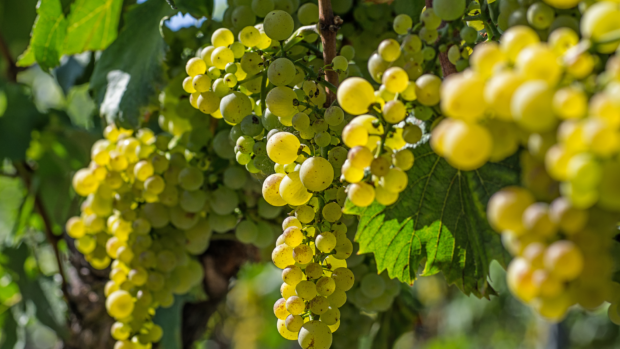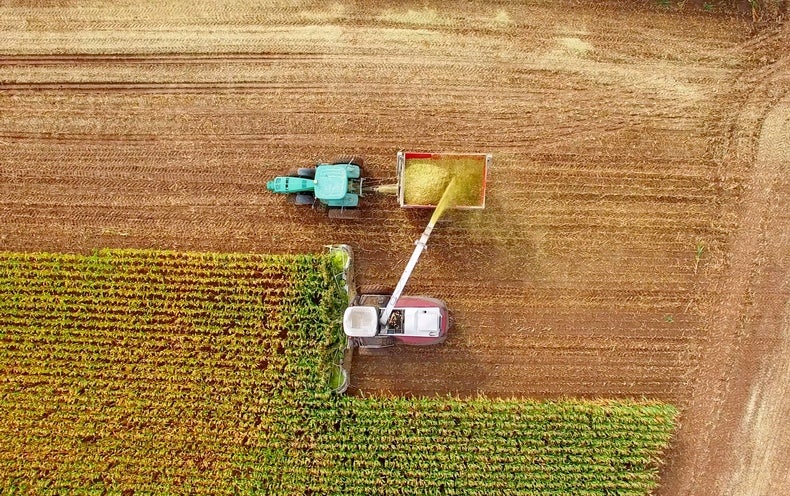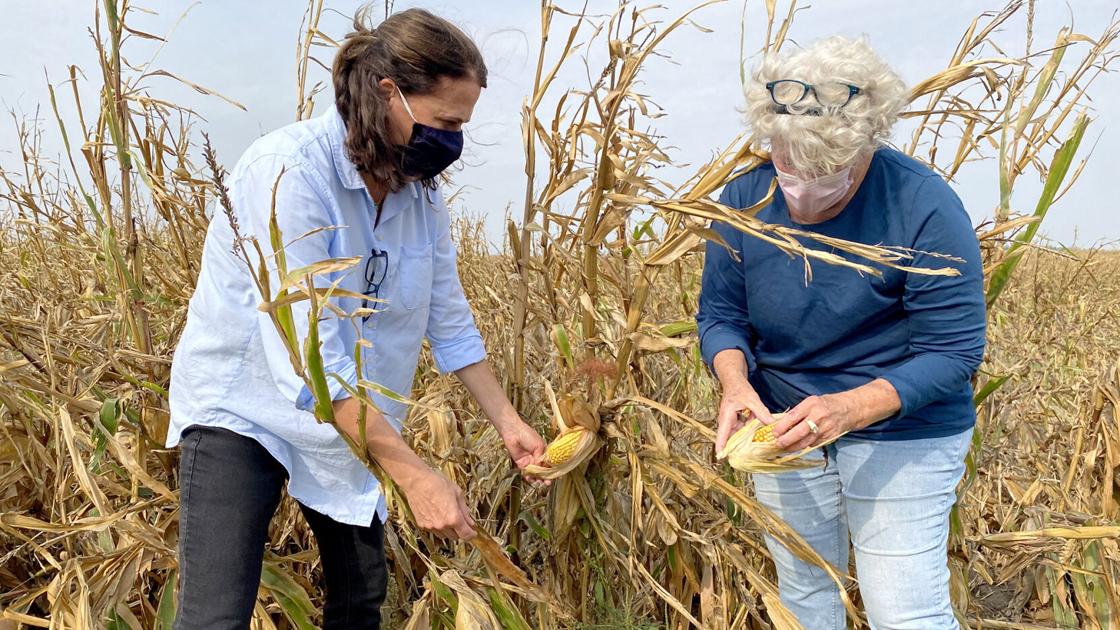
Friuli, in northeast Italy, is an unsung hero of indigenous grapes
Courtesy of ZorzettigIt overflows in la dolce vita, but one thing that’s not sweet about Italy is the country’s propensity to complicate everything. Understatement, I know, to anyone who has lived or traveled in depth there (raising my hand on both accounts).
To me, as both a traveler and a wine student, one of those complexities was Friuli, the multicultural, frequently divided region in northeast Italy that in its history has been occupied by Romans, Huns, Goths, Lombards, Venetians, French, Austrians, Italians and Yugoslavs. It’s an ancient region with its own particular history and culture—heck, it even has its own language! But my WSET-exam-addled head had a hard time wrapping around Friuli, the autonomous region of Friuli Venezia Giulia, and the appellations of Colli Orientali del Friuli and Collio Goriziano. My confusion was second only to Lambrusco and its clones, varieties and naming schemes, which I tackled earlier in a monthlong devotion to all things Italian wine.
To help me muddle through, I relied on Annalisa Zorzettig, proprietor of her eponymous family-run winery, established by her father and which in its current management is woman owned and operated with her daughter.
Part of the larger autonomous region of Friuli Venezia Giulia (which includes the administrative provinces of Udine, Pordenone, and Gorizia, but not nearby Trieste), Friuli is tucked in between the Veneto to the west, Slovenia to the east, the Adriatic Sea to the south and the Southern Limestone Alps to the north. Its varied landscapes feature plains, rolling hills and then mountains, and the climates range from sub-Mediterranean on the flatlands, to continental and alpine in higher elevations.
Though Friuli has historic roots in red winemaking, white is now dominant here in an area that’s long been linked to its northern Germanic neighbors. Indeed, says Zorzettig, “our vineyards have always been seen as the southern vineyards of Germany. Zorzettig runs her 115-hectare winery in the eastern part of the region, about 60 kilometers from the Austrian border. Her family’s century of wine growing is preceded by a poly-agricultural tradition that goes even further back.

Annalisa Zorzettig contemplated becoming a lawyer before she realized her true calling.
Courtesy of ZorzettigZorzettig, who once contemplated a legal career, says that history reflects the “melting pot [here] where cultures truly worked together.” Friuli prides itself on its ancient language, Friulian, (it is Zorzettig’s mother tongue) and native grapes. For whites, those are Friulano, Ribolla Gialla and Verduzzo, and for reds, Refosco and Schioppettino. Zorzettig’s father championed the patrimony of the indigenous varieties, even against the popular tide of international varieties, she said.
And she is thankful for that. “Now I have inherited this important heritage of older vines and grapes and if he had done otherwise, I wouldn’t have these grapes that represent the terroir.” Her estate produces 60% white and 40% red, driven by Friulano and Refosco respectively.
The region benefits from an average of 1200 sunshine hours annual, and cool breezes from the “pre-Alps” and the sea prevail. The predominant system, the “Bora” winds, are cold and up to 120 km/hour in strength. Friuli gets Borino or “little Boro” winds that help keep acid high and the fruit fresh in character. The breeze also allows many producers to farm eco-sustainably with no or little use of pesticides.
Friuli’s history is more apparent in the hills of Spessa di Cividale in the heart of the Colli Orientali del Friuli DOC—one of the two quality regions (Goriziano is the other) land that comprises only 20% of the territory, but features at least 20 different microclimates (colli is Italian for “hills”). Though every vineyard has its own balance, Antonio, Zorzettig’s agronomist, says the best are more than 50 years old, giving rich, balanced wines.
What defines the wines are power, textured, concentrated fruit, and higher than typical alcohol, yet still balanced by cutting acidity.
Given the dominance of plains that generally define the region, the colli were surprising in their [relative] dramatic elevation—up to 1,500 feet. Navigating the narrow sloped rows “takes the strength of a lion and the stomach of an ant,” says Antonio. And the double-canopy trellising system specific to this area takes both patience and nimble fingers: The vine splits and the two canes circle back around to each other, like two decorative commas.
“We spend a great effort explaining what Friuli is—how the vineyards shape the land or the how land shapes the vineyards over generations,” Zorzettig says.
DRINK

The MYO line presents a comprehensive profile of native grapes at their highest expressions.
Courtesy of ZorzettigThe premium “Myo” line included all the varieties cultivated by the winery, and the cool labels show the elements of nature encapsulated in each. The “Vigneti de Spessa” Ribolla Gialla (Friuli Colli Oriental DOC) is the flagship wine featuring white flowers, citrus blossom, ripe yellow pear and apple. Clean, direct and fresh, this is a please-all wine that’s a great introduction to the region. (
Friulano is the region’s ancient grape that deserves some attention. Once known as Tocai, Zorzettig says it most represents the family’s heritage and commitment. Redolent of yellow fruit, and with good acid, her samples ranged from a lovely savory and herbal wine from 2014—a rainy vintage Zorzettig says resulted in a “more delicate interpretation of Friulano— to a 2012 that was reminiscent of an aged Chablis with its smoky flintiness. The 2010 was a good southern Burgundy imposter, and the 2006, harvested in late September was off the charts—a whole other dimension with its umami savoriness, laced with almond, saline, acacia and honey. Wildly textured without being showy, it was a complete wine and completely unexpected. If I ever find this again, it might be what I’ll drink before the end of the world. Yes, it’s all that.
The Link LonkNovember 01, 2020 at 08:19AM
https://ift.tt/3ecxwin
Untapped Italy: The Indigenous Grapes of Friuli Should Be Strangers No Longer - Forbes
https://ift.tt/3eO3jWb
Grape






 Salvatore Iozzia in a greenhouse with vine tomatoes
Salvatore Iozzia in a greenhouse with vine tomatoes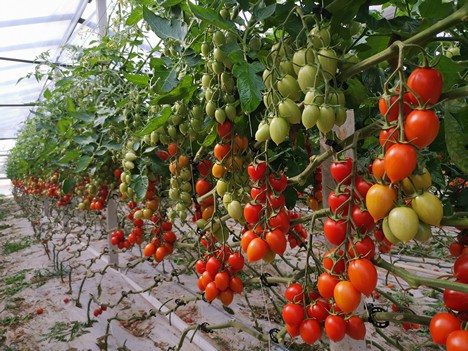 Midiplum tomatoes
Midiplum tomatoes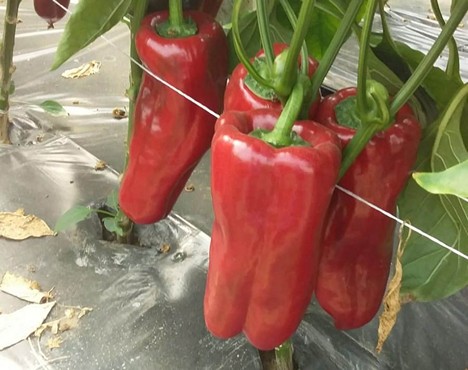 Peppers
Peppers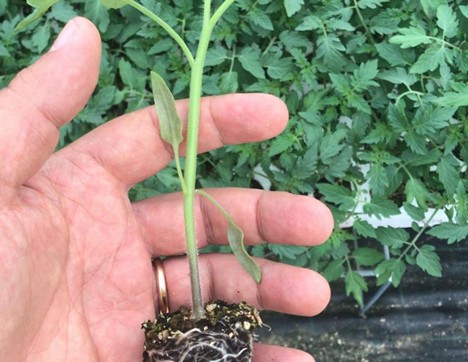 A tomato seedling. It is an image that propagates labour, dedication and sacrifice, but it also stands for life, family and economic development. Never before have these elements played such a crucial role.
A tomato seedling. It is an image that propagates labour, dedication and sacrifice, but it also stands for life, family and economic development. Never before have these elements played such a crucial role.